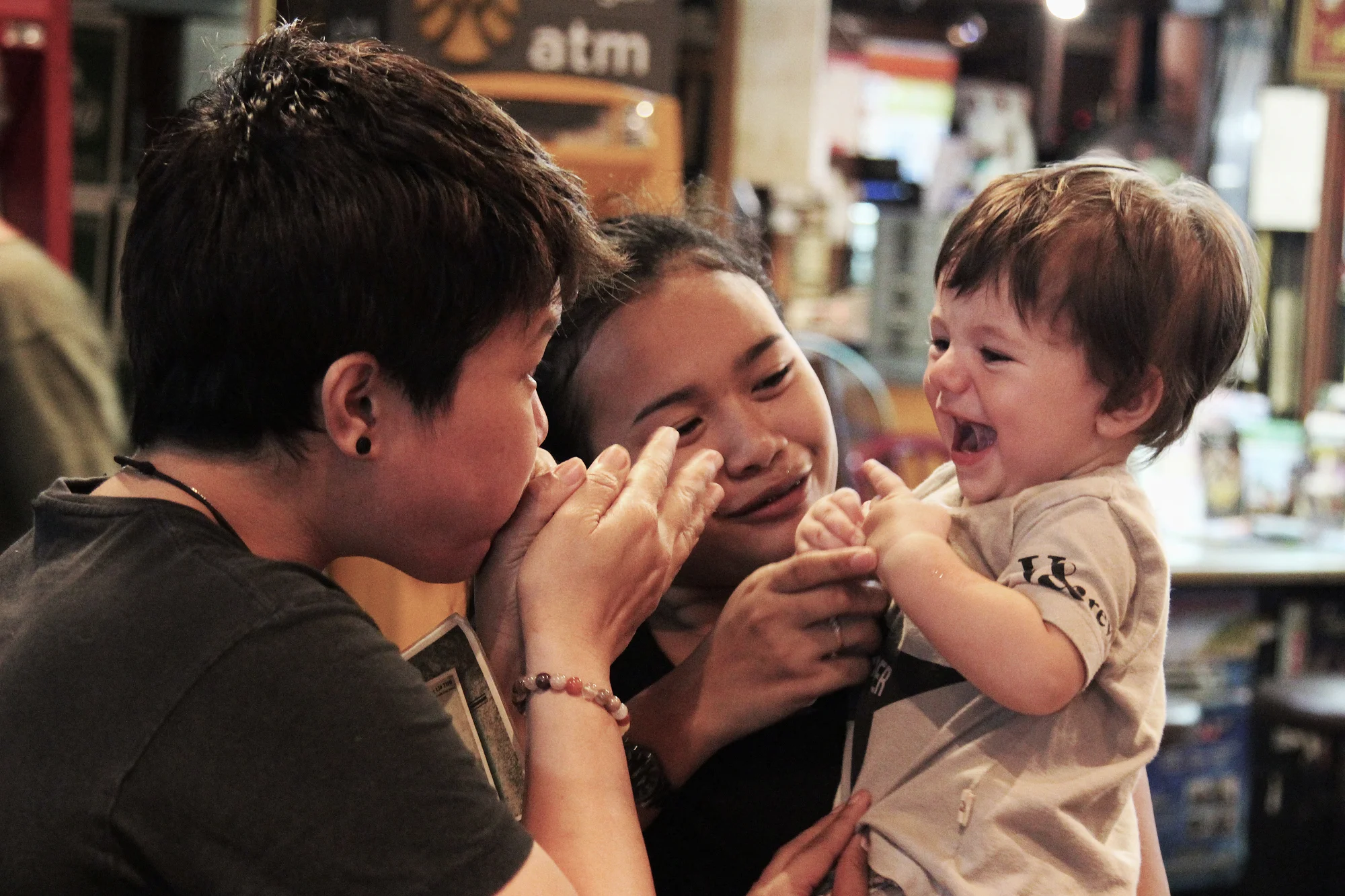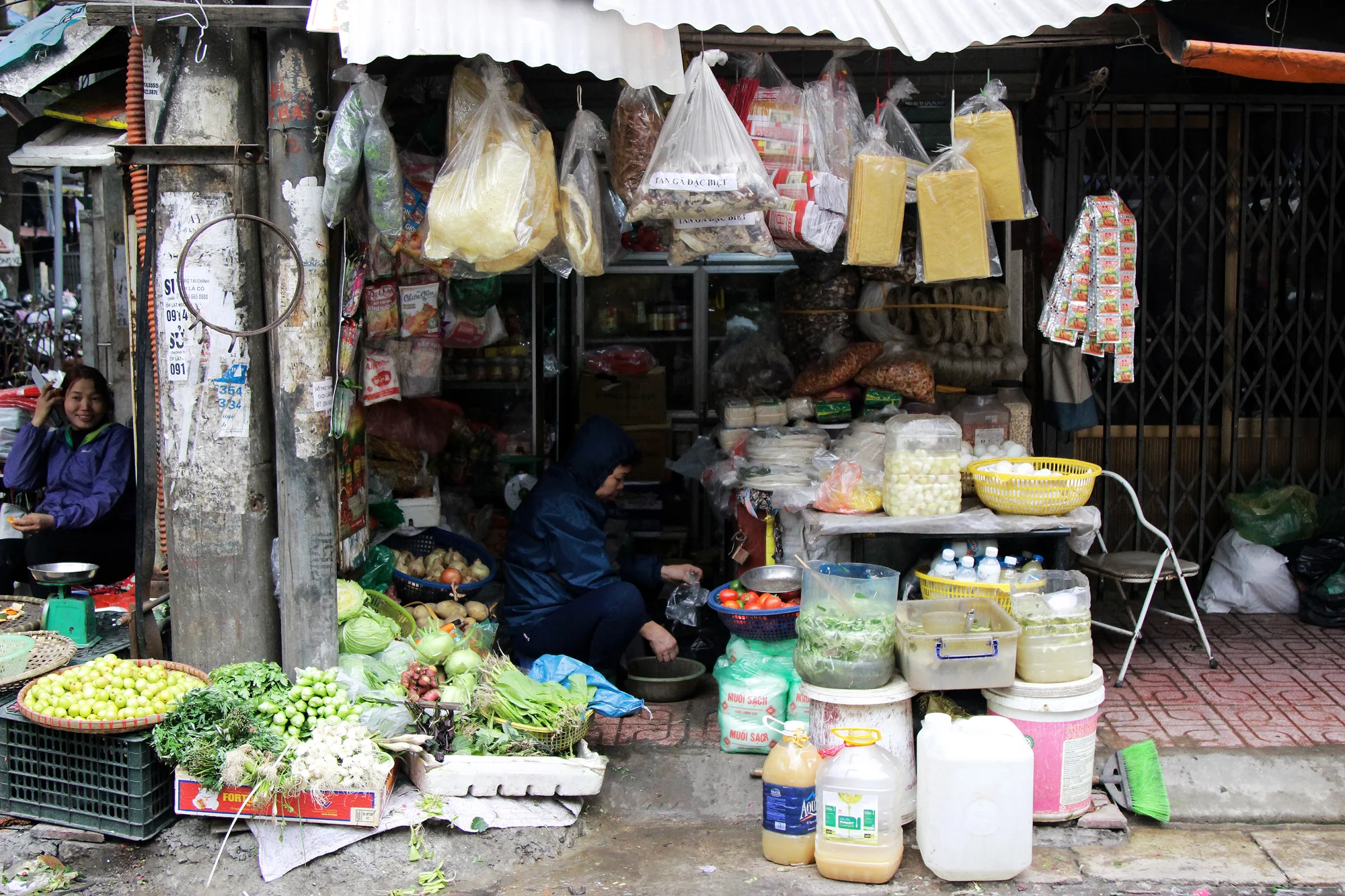Neighbourhood watch

I went to New York when I was 20, with the foundation course at Central Saint Martins and a horrible experimental haircut. New York is fun. Fun with a capital F. So much fun. Yeah, right. I panicked. I thought I had to be right in the middle of it. To see everything. The Empire State. The Chrysler. The Flat Iron. Chelsea. Brooklyn. MOMA, the Met. The subway. That place Meg Ryan had the orgasm. It was New York after all. NEW YORK.
I spent the next week in a frenzied state of activity, trying to do everything, and not doing much of it very well. In the city that never sleeps, I was its faithful bleary-eyed tourist.
Two years later, I was back and in a completely different headspace, relaxed in the knowledge I’d ‘done’ the sights. One day, I wandered into the Strand bookshop and got lost in there for hours. And then I sat and had a coffee and watched people go by. For that morning, I was a local. And that was my lightbulb moment.
A hotel in the centre of town and a rigid schedule of tourist attractions might work for some people. But for the two of us, the joy of travelling has always been when we get under the skin of a place. When we know where to find the good coffee and the name of the guy who makes it. When we don’t have to follow someone barking historical facts or waving an umbrella.
Add two small people and a round the world trip to the mix, and this approach becomes the only way to go for us. Travel with kids is different. There’s only so much you can do: just try a hectic day of sightseeing with a teething toddler and tell us otherwise.
To a child, after all, everything is new. Every sound and sight and smell and spectacle is bigger to them, because they are smaller, newer, less exposed. A supermarket with unknown things in it is an adventure. A simple walk down the street in a foreign neighbourhood is a sensory experience. A different kind of toilet is a story worth telling.
So we take it relatively easy. Where we can, we like to find a neighbourhood. It doesn’t need to be fancy or famous or cool. It just needs to be a tuk-tuk or cab or songthaew away from it all. So that we can go there, see it, eat it, enjoy it and then run back to our peaceful, anonymous area. Then we stand a chance of sleep and don’t spend the night moaning about young people’s parties like a couple of grumpy octogenarians.
There are other benefits too. These areas are cheaper, because they’re not where tourists want to be. In Chiang Mai, we started off in the south west corner of the moat, where we spent our days in the city's only park, blowing bubbles with River and watching the acrobats practise handstands as the sun dropped down for the night. We found friends with a beautiful restaurant and a baby with more hair than River. We'd walk back from their place in the dark, past the old guys drinking Sangsom in shack bars and the seamstresses stitching wedding dresses on the floor of their shop.
When Lori had his knee operation and we unexpectedly ended up staying in Chiang Mai for two and a half months, we set up home in Santitham, a decidedly untouristy area just a ten minute walk from the old town and a short drive from hipster Nimman. We got ourselves a two bedroom flat with a giant living room and a kitchen for £12 a night. We had takeaways with movies, we played Monopoly, we had friends around for drinks. Injuries aside, we had a semblance of a normal life.
These areas are where we find our hidden gems, places that don’t make it to the guidebooks or the culture blogs. They do not have dress codes or waiting lists. We do not reserve a table in advance. In Chiang Mai, we fell in love with the tiny Burmese place around the corner, which won Olivia’s heart and got her well and truly hooked on beef curry. The backstreets around Samsen Soi 6 in Bangkok were home to a rabble of lively restaurants, cooking food that left a lot of the high-end offerings dead in the water. Waitresses walked our baby up and down the rickety pavements to calm him and give us a chance to eat. Musicians and meandering locals spilled out onto the streets. It was alive.
In Hanoi, Vietnam, we lived in an apartment block right next to a wet market. Every morning, we walked through that street of new smells and strange fruit, where hairdressers popped up by nailing a mirror to a tree, where we slurped pho and ice cold beer for breakfast. As the Tet holiday closed in, our landlady brought us a traditional trung cake and a vase full of peach blossom to celebrate like everyone else.
These areas, above all, are where we feel part of a place. Locals, even if just for a few days. It’s morning coffees, and hanging off climbing frames, and knowing where things are in the shop around the corner. None of this stuff is bucket list worthy. It's nothing to shout about. It's doing everyday things in other places, through the lens of different cultures. It's just living. But that, after all, is what we set out to do.


















